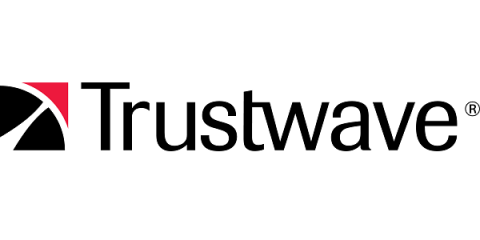Security | Threat Detection | Cyberattacks | DevSecOps | Compliance
Latest News
Data Insights on AgentTesla and OriginLogger Victims
Navigating the EU's Upcoming Digital Operational Resilience Act (DORA)
Automating Extension Risk Assessment and Permissions
CVE-2023-39336: Remote Code Execution Vulnerability Found in Ivanti EPM
Ivanti released a patch for a critical vulnerability discovered in Ivanti Endpoint Manager (EPM) that could allow for remote code execution (RCE). This vulnerability is being tracked as CVE-2023-39336 with a CVSS score of 9.6 (Critical), which is not yet actively exploited. All versions of Ivanti EPM prior to Service Update 5 are impacted. Ivanti credits security researcher hir0t for the responsible disclosure.
CVE-2023-39336: SQL Injection Vulnerability in Ivanti Endpoint Manager
Behind the Ballot: Insights from Arctic Wolf's 2024 Election Security Survey
FedRAMP Authorization: A Value to Both Public and Private Organizations
The Federal Risk and Authorization Management Program (FedRAMP®) authorization has, for years, been seen as an arduous undertaking only for companies that want to do business with government agencies and their contractors. However, with growing cybersecurity risks, coupled with tightening data privacy regulations across industries, FedRAMP’s fundamental security requirements are becoming best practices for all organizations handling sensitive data.
8 Tips to Keep Your Digital Privacy Safe Against Online Threats
How to choose a security tool for your AI-generated code
“Not another AI tool!” Yes, we hear you. Nevertheless, AI is here to stay and generative AI coding tools, in particular, are causing a headache for security leaders. We discussed why recently in our Why you need a security companion for AI-generated code post. Purchasing a new security tool to secure generative AI code is a weighty consideration. It needs to serve both the needs of your security team and those of your developers, and it needs to have a roadmap to avoid obsolescence.










